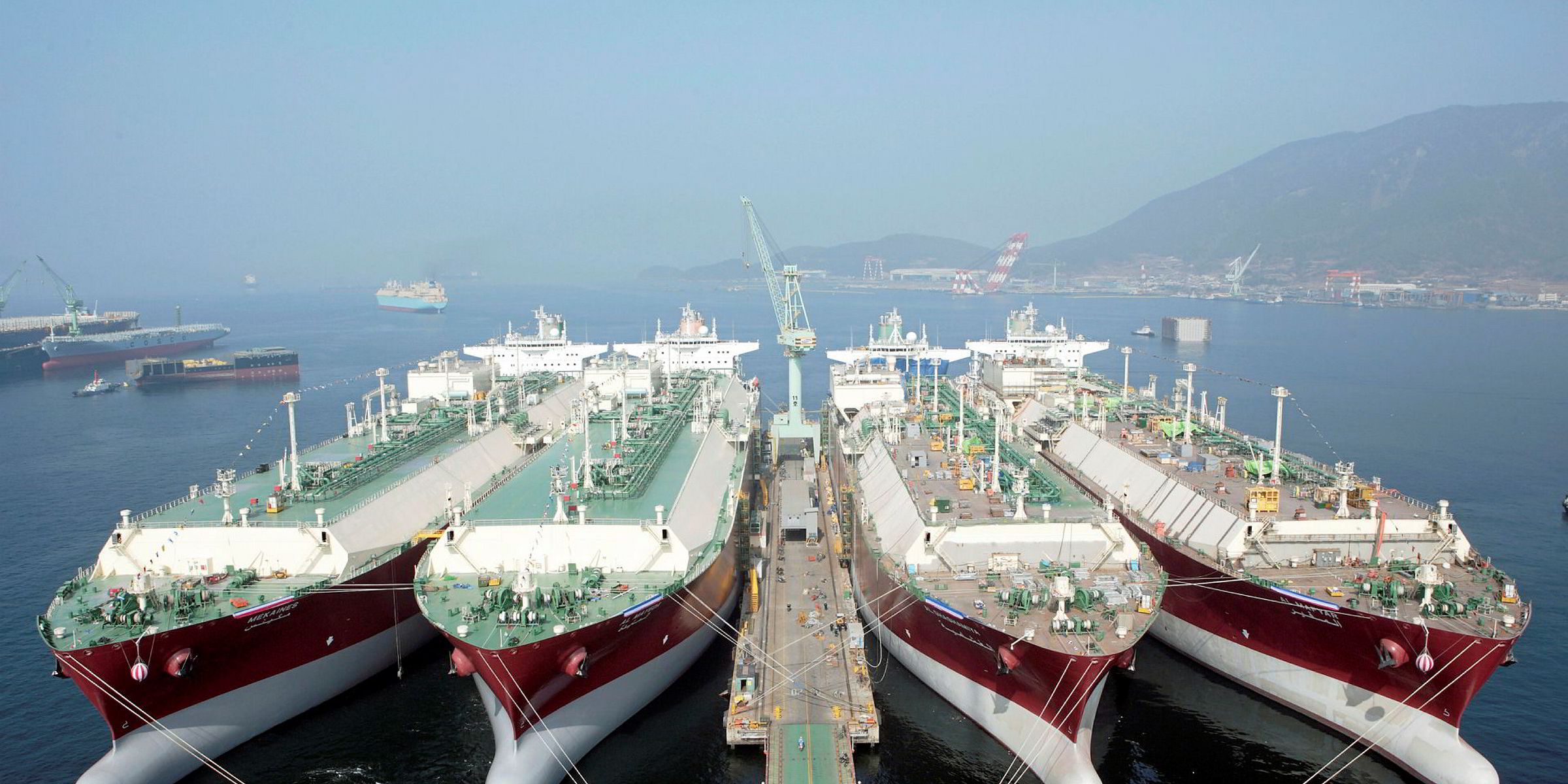Shipowners and charterers of LNG carriers are combing the market for information on vessel movements in the wake of a number of nations cutting diplomatic ties with Qatar and banning the Gulf state’s vessels from their ports.
As TradeWinds went to press, many were watching Egypt, which is among the group of countries including Saudi Arabia, Bahrain, the United Arab Emirates (UAE), Yemen, the Maldives and Libya that cut off diplomatic relations with Qatar this week, as a row over the support of terrorist groups escalated.
Port agents said neither Egypt’s port authority body nor its Suez Canal Authority, which controls the key waterway for ship traffic, had issued any ban for vessels from Qatar, or those carrying Qatari cargoes or flagged in Qatar.
Owners of a Qatari-laden LNG carrier destined for Europe and due to transit the Suez Canal at the end of this week were not anticipating any problems but described the situation as “fluid”.
Two Golar LNG ships loaded with Qatar cargoes were also heading to the canal, along with the Qatari-owned and chartered, 267,335-cbm Q-Max Al Mafyar (built 2009) and 145,130-cbm Al Thakira (built 2005).
Egypt has been importing about four million tonnes per annum of LNG from Qatar, the world's largest LNG producer.
But all ports in Saudi Arabia and Bahrain, along with Fujairah, Khor Fakkan, Dubai, Abu Dhabi, Ruwais, Das Island and Ras Al Khaimah in the UAE, are off limits to Qatari ships and cargoes.
LNG shipowners described this as “a nuisance” in what is a bigger and unfolding market dynamic, and said it would necessitate rearranging bunkering, crew changes, and the taking on of stores and spares.
“There’s theatre and then there’s the nitty-gritty,” one experienced LNG shipowner said this week.
Qatar has told shipowners and brokers that it currently does not need additional LNG carriers to ship its cargoes. However, this did not stop talk of LNG charter rates firming and speculation continuing to fly round the industry as to whether this might change if the ban is extended to Suez.
Data intelligence system iGIS/LNG shows that for westbound Qatari cargoes to take the longer route around the Cape of Good Hope rather than travel through the Suez Canal would add about 4,800 nautical miles, increasing the voyage differential by about 80%.
Kjell Eikland, founder of iGIS/LNG, says that assuming Qatar continued to use its regular fleet mix, and that the extra requirement is served by LNG carriers of about 160,000-cbm, then about 11 LNG carriers could be needed over the summer period rising to 18 in the winter, although cargo diversions would alter this picture.




